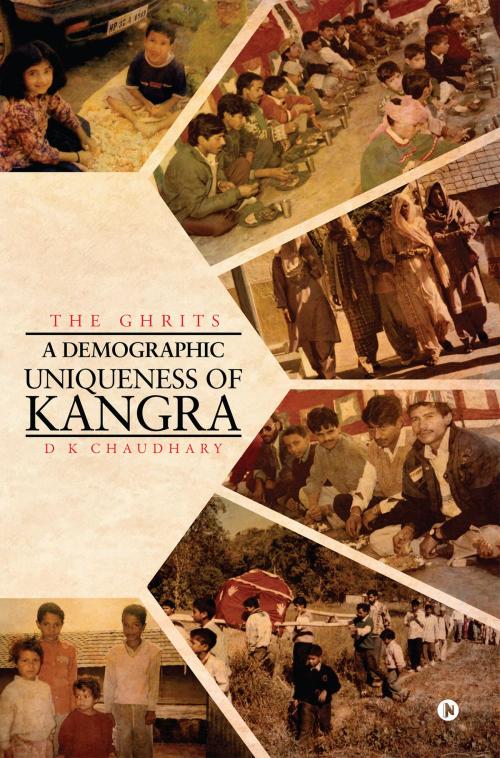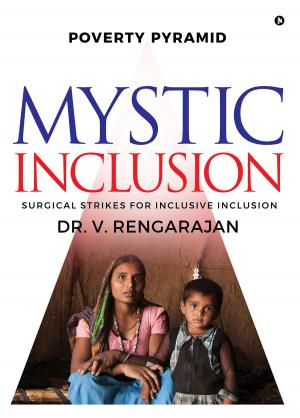A Demographic Uniqueness of Kangra
The Ghrits
Nonfiction, Social & Cultural Studies, Social Science, Cultural Studies, Minority Studies| Author: | D K Chaudhary | ISBN: | 9781948147545 |
| Publisher: | Notion Press | Publication: | November 24, 2017 |
| Imprint: | Notion Press | Language: | English |
| Author: | D K Chaudhary |
| ISBN: | 9781948147545 |
| Publisher: | Notion Press |
| Publication: | November 24, 2017 |
| Imprint: | Notion Press |
| Language: | English |
The Ghrits inhabiting the Kangra Valley is a demographic uniqueness of the Kangra hills. An ICS officer in 1848 described the Ghrits (Ghirath) physiognomy as peculiar to the Kangra hills. Throughout the country this caste is found only in Kangra hills of Himachal Pradesh. Many people believe that Ghrit is a puranic caste and the Ghrits are the original inhabitants of Trigarta of the Mahabharta period, which also led to locate the Trigarta in Kangra. However, the aboriginality of the Ghrits in Kangra has not been supported by any fact and it is based just on the surmises and suppositions. In the present work the origin of the Ghrit caste has been traced with the help of physiognomic, historical, sociological and linguistic facts supported by art forms, traditions, culture, occupation etc. The long standing controversy about the right place of the Ghrit caste in the four Varnas has also been settled with the help of historical facts. This book gives an insight about the physiognomy, nature, religious beliefs, occupation etc. of the Ghrits in detail. It also provides an opportunity to the urban populace of this caste to know about their culture and traditions which are fast disappearing due to technological advancements and changing pursuits for livelihood among the youth.
The Ghrits inhabiting the Kangra Valley is a demographic uniqueness of the Kangra hills. An ICS officer in 1848 described the Ghrits (Ghirath) physiognomy as peculiar to the Kangra hills. Throughout the country this caste is found only in Kangra hills of Himachal Pradesh. Many people believe that Ghrit is a puranic caste and the Ghrits are the original inhabitants of Trigarta of the Mahabharta period, which also led to locate the Trigarta in Kangra. However, the aboriginality of the Ghrits in Kangra has not been supported by any fact and it is based just on the surmises and suppositions. In the present work the origin of the Ghrit caste has been traced with the help of physiognomic, historical, sociological and linguistic facts supported by art forms, traditions, culture, occupation etc. The long standing controversy about the right place of the Ghrit caste in the four Varnas has also been settled with the help of historical facts. This book gives an insight about the physiognomy, nature, religious beliefs, occupation etc. of the Ghrits in detail. It also provides an opportunity to the urban populace of this caste to know about their culture and traditions which are fast disappearing due to technological advancements and changing pursuits for livelihood among the youth.















